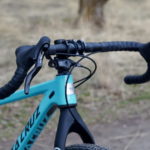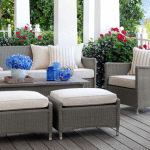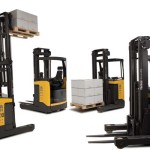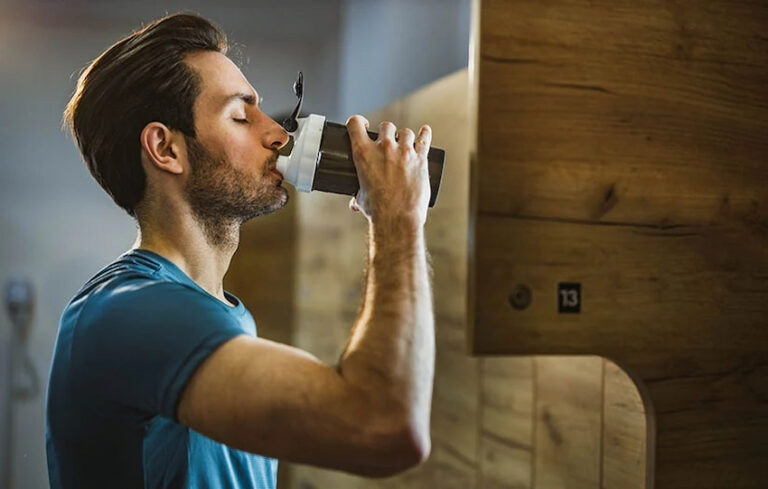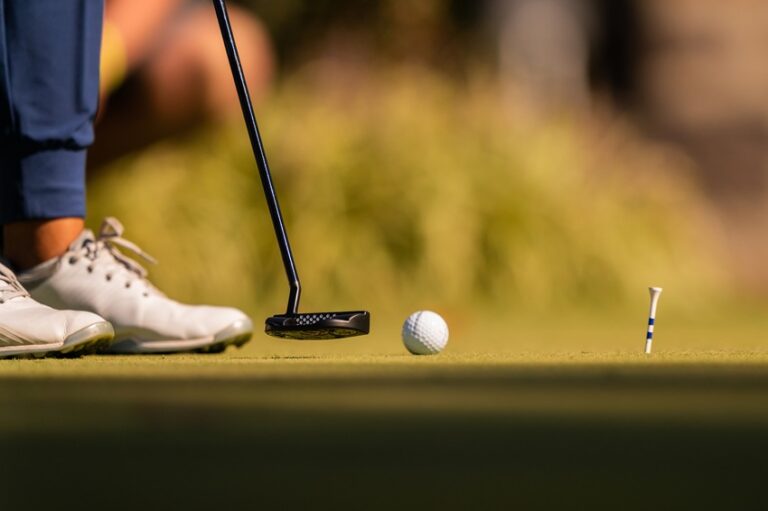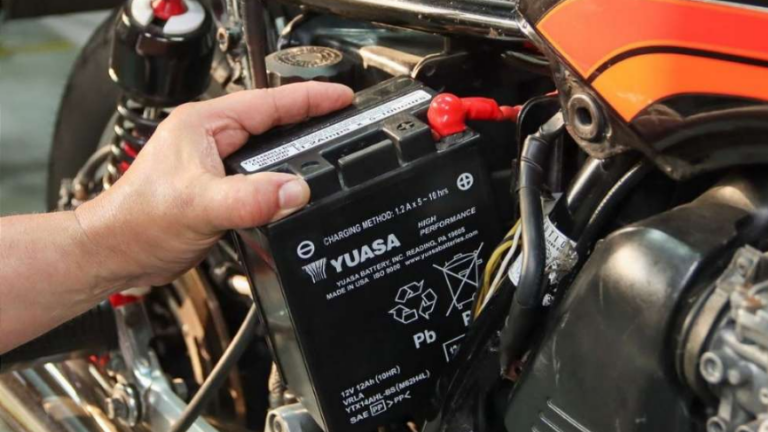Bike pedals are one of the most commonly replaced bicycle parts, simply due to the fact that they take the most abuse. If the time has come for you to replace your current bike pedals, regardless of whether they’re damaged or you’re just not satisfied with the ones you have, there are a couple of things to consider in order to get the best value for your money. Here are some of the questions you need to ask yourself before buying:
- Will I be mountain riding or road riding?
- Platform pedals for easy maneuvering or clipless pedals for efficiency?

If you’re leaning towards clipless pedals, it’s important that your pedals, shoes and cleats work well together. This might require you to buy shoes as well as cleats, in case they don’t come with the pedals. Although their name is clipless, they’re actually clipped in to the pedal’s cleats, similarly to how you clip in ski bindings. You basically mount a small metal cleat or plastic on the sole of the shoe, which snaps into a set of spring-loaded clips on the “face” of the pedal.
Clipless pedals are bike parts which offer a lot of maneuverability while riding fast and performing tricks. They keep your feet from bouncing off as you apply power, or while riding through bumps. However, you will need some time to get used to them, especially when getting in and out, but it’s really no big deal.
Clipless pedals for mountain bikes typically feature cleats with a two-hole design, usually referred to as SPD. Screws are passed through the holes to secure the cleat to two slots or tracks in the bottom of the shoe. Alternatively, clipless pedals for road bikes come in a three-hole design. The cleats on these pedals are larger, generally made out of plastic and they protrude farther from the sole of the shoe. The advantage of the three-hole design lies in the fact that the bigger cleat can spread the force applied to the pedal over a wider area, which results in reduced pressure on the connection points. This, consequently provides a more secure connection when the pedals are put under high stress loads.
Alternatively, you can get flat pedals, which are the ones you most likely had on your first bike. They offer a stable surface to support both your feet, and you can use them with almost any shoe, except for clipless shoes. Most bike parts manufacturers produce the newer models using lightweight materials, replaceable pins for a better grip, and sealed bearings to prevent moisture and grime.
Flat pedals are the preferred option for many downhill mountain bikers, but they usually use specifically designed shoes with them. This allows for better control and grip, as well as for an easy and quick way off in case of an accident. And even though clipless pedals release in a crash, platform models give you the confidence to avoid a crash altogether.


